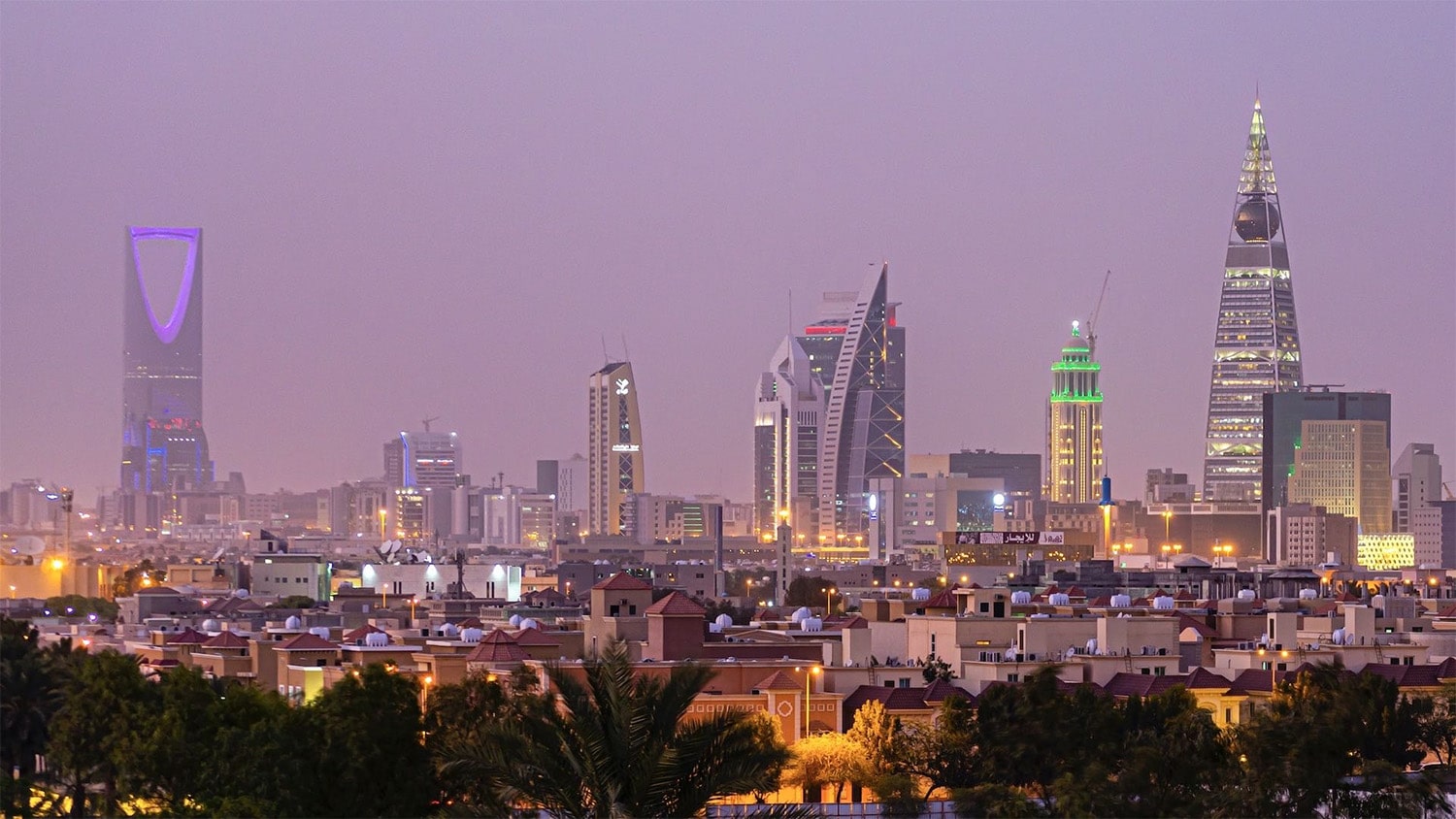
36 interesting facts about Riyadh
- 👁️ 324
Riyadh, the capital and largest city of Saudi Arabia, stands as a testament to the blend of traditional Arabic heritage and modernity. This bustling metropolis, situated in the heart of the Arabian Peninsula, is not only a political, economic, and cultural hub but also a city with deep historical roots that stretch back centuries. From its humble beginnings as a small oasis settlement to becoming one of the fastest-growing cities in the world, Riyadh’s transformation is a remarkable story of development and vision. The city’s unique architecture, thriving business districts, and cultural landmarks make it a fascinating destination for travelers and an important center for the Arab world. Here are 36 interesting and informative facts about Riyadh that highlight its significance, diversity, and the dynamism of its growth.
- Riyadh’s name is derived from the Arabic word “Rawdah,” meaning a place of gardens and trees.
- It officially became the capital of Saudi Arabia in 1932.
- Riyadh is located on the Najd plateau, which is part of the larger Arabian Peninsula desert landscape.
- The city covers an area of approximately 1,760 square kilometers.
- Riyadh’s population has grown from 150,000 in the 1960s to over 7 million today, making it one of the most populous cities in the Middle East.
- The Kingdom Centre Tower, standing at 302 meters, is one of Riyadh’s most iconic landmarks.
- Riyadh experiences a desert climate, with extremely hot summers and mild winters.
- The city is divided into 15 municipal districts, managed by the Riyadh Municipality.
- Riyadh is home to the largest all-female university in the world, Princess Nora bint Abdul Rahman University.
- The Masmak Fortress, a 19th-century mud-brick fort, played a pivotal role in the unification of Saudi Arabia.
- The Riyadh Metro, set to be one of the world’s largest urban transit systems, is a key project in modernizing the city’s transportation.
- Riyadh hosts the annual Janadriyah National Festival, celebrating Saudi culture, heritage, and traditions.
- The city’s King Fahd Road is known for its modern skyscrapers and bustling business activity.
- Riyadh is a major economic hub, with a focus on banking, retail, and technology sectors.
- The Al Rajhi Grand Mosque is one of the largest mosques in Riyadh, with a capacity to accommodate over 17,000 worshippers.
- Riyadh has several large shopping malls, including the Riyadh Gallery, Kingdom Centre, and Al Nakheel Mall.
- The King Abdullah Financial District is a major development project aimed at establishing Riyadh as a global financial center.
- Riyadh’s Salam Park is a popular green space in the city, offering a lake and landscaped gardens.
- The city’s National Museum of Saudi Arabia provides insights into the country’s history, culture, and development.
- Diriyah, located on the outskirts of Riyadh, is a UNESCO World Heritage site known for its historic mud-brick architecture.
- The Riyadh Zoo is the largest zoo in Saudi Arabia.
- The King Khalid International Airport serves as the main gateway to the city.
- Riyadh has a significant expatriate population, contributing to the city’s multicultural atmosphere.
- The city’s Diplomatic Quarter is home to foreign embassies, international organizations, and residences.
- Riyadh is working towards becoming a more sustainable city with initiatives like the Riyadh Green Project.
- The Edge of the World, part of the Tuwaiq escarpment, offers breathtaking views of the surrounding desert and is a popular excursion from Riyadh.
- The annual Riyadh Season festival showcases entertainment, sports, and cultural events.
- The King Saud University, established in 1957, is Riyadh’s oldest and one of the most prestigious universities in the Middle East.
- Traditional Arabic coffee, known as “qahwa,” is a significant part of Riyadh’s hospitality and culture.
- Riyadh’s Al Faisaliah Tower is topped with a glass globe and is a distinctive feature of the city’s skyline.
- The city has implemented strict urban planning and development regulations to manage its rapid growth.
- The Wadi Hanifa is a natural valley running through Riyadh, offering recreational areas and green spaces.
- The King Abdulaziz Historical Centre is an important cultural and educational destination in Riyadh.
- Riyadh hosts the annual King’s Cup, a prestigious horse racing event.
- The city’s architecture blends modern design with traditional Najdi architectural elements.
- Riyadh has become a center for business conferences and exhibitions in the region.
Riyadh’s remarkable evolution from a small desert town to a sprawling urban metropolis reflects its importance as a cultural, economic, and political powerhouse in the Middle East. The city’s blend of historical landmarks, modern skyscrapers, and cultural festivals showcases its rich heritage and its ambition for the future. As Riyadh continues to grow and transform, it remains.
Riyadh, the capital and largest city of Saudi Arabia, stands as a testament to the blend of traditional Arabic heritage and modernity. This bustling metropolis, situated in the heart of the Arabian Peninsula, is not only a political, economic, and cultural hub but also a city with deep historical roots…